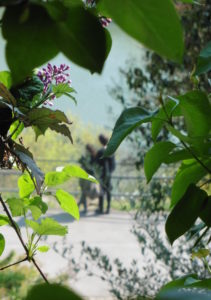What is abundance of life? In my book Rethinking Economy, I define it as follows:
The desired condition that all humans, the ecosystems and as great as possible a diversity of other living things enjoy good living conditions, and that these living conditions are preserved for the future, I designate as “abundance of life.” A carefully defined abundance of life could be declared as the purpose of an “economics of abundance of life” (p. 125).
A goal of enriching oneself does not suffice as a purpose of the economy because this does not provide us with any criteria of what should or should not grow.
How can we define and measure the abundance of life? There are in principle two methodological approaches. The first consists of surveying people to find out to what extent people within a particular region are satisfied with their living conditions, because in the final analysis every person is the one who knows his own experience of the abundance of life. The second approach consists of the assessment of measurable indicators, especially pertaining to the integrity of natural and social-ecological systems (p. 127).
A combination of both approaches is further described in the following section of the book (pp. 127-149).
A measure of the abundance of life would have a function like a GPS in a car: it would show where we are and in which direction we have to move in order to reach our goals. Gross National Product, in contrast, is comparable to an r.p.m. counter, which measures how hard the motor is working, regardless of whether it is being used to brake or to drive, or in which direction we are driving. Today, we are driving our economy with maximum revs, but without a GPS. That is a recipe for disaster!




